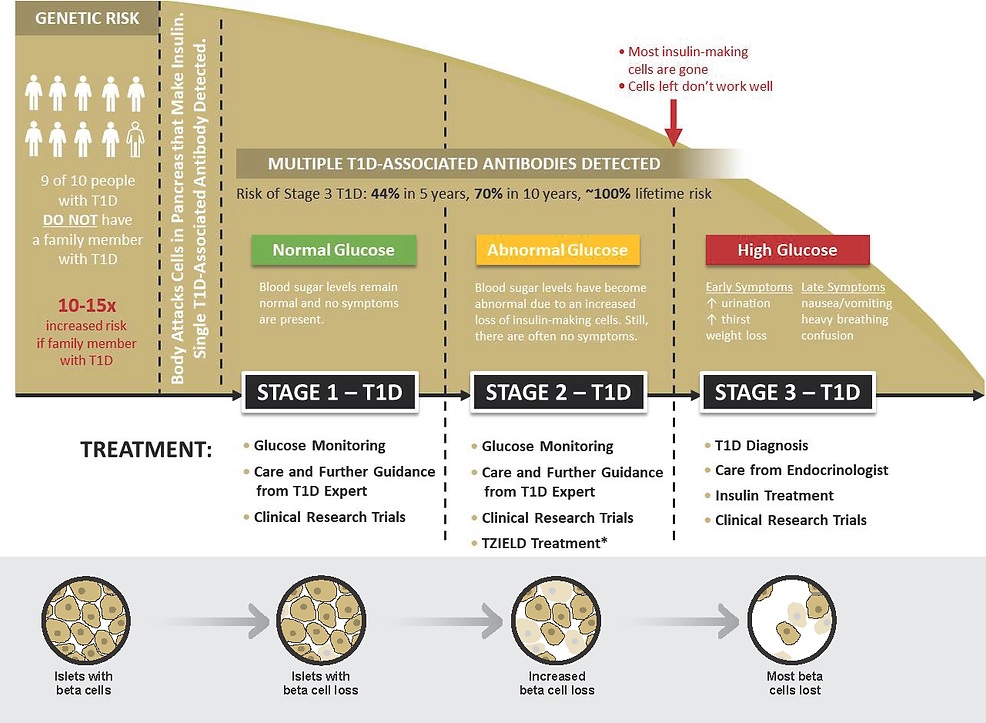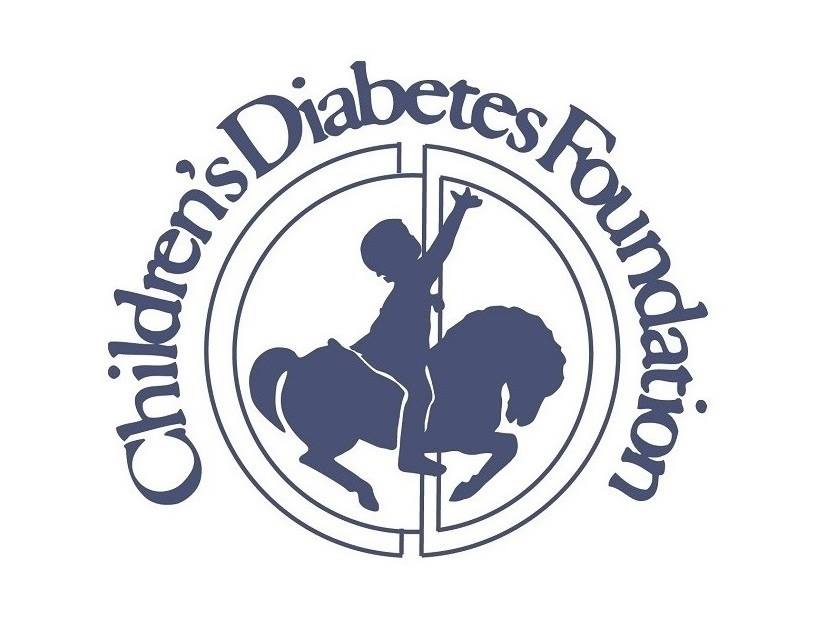What is Type 1 Diabetes?
About T1D
Type 1 diabetes (T1D) is a health condition where the body's own defense system mistakenly attacks and damages the cells in the pancreas that produce insulin. Insulin is important because it helps the body use sugar for energy. T1D can affect anyone and affects 1.8 million people in the United States. More than half of the new cases of T1D each year are diagnosed in adults.
When you have T1D, your body can't process sugar properly, leading to high levels of sugar in the blood. This can cause things like feeling very thirsty, needing to pee a lot, losing weight, and feeling tired. If not taken care of, having high sugar levels for a long time can be dangerous and even life-threatening.
Right now, there is no cure for T1D. People diagnosed with T1D must manage it throughout their entire lives. This involves checking blood sugar levels regularly with devices like blood glucose meters or continuous glucose monitors (CGM) and taking insulin, which can be done with shots or an insulin pump.
Managing T1D isn't easy as many factors affect blood sugar like what you eat, how much you exercise, and hormone levels in your body. The American Diabetes Association suggests seeing a doctor called an endocrinologist every three months to get help with managing T1D. An endocrinologist can review your blood sugar levels with you, make insulin dosing recommendations, and assist you in making choices to reduce the possible long-term negative impacts of the disease.
Screening for Type 1 Diabetes
As the incidence of diabetes continues to increase across the population, screening for type 1 diabetes becomes more important for both kids and adults. Additionally, there is now treatment available to delay the onset of type 1 diabetes in select patients. Screening is easy and there are programs available that provide both screening and long-term follow up.
Common Symptoms
The symptoms of T1D are often confused for other common childhood events like a growth spurt, a urinary tract infection, or a viral respiratory illness. If you are aware of the symptoms of T1D, you can see your doctor early, and avoid diabetic ketoacidosis (DKA), a serious complication sometimes seen at initial diagnosis of T1D due to a lack of insulin in the body.
The first symptom of T1D is peeing a lot. When your body does not make enough insulin, sugar cannot move from your blood into the cells in your body for energy. When there is too much sugar in your blood, the kidneys try to get rid of it by making you pee more. This makes you lose water, get dehydrated, and feel super thirsty all the time. If you are waking up at night to pee or wetting the bed, this could be T1D.
As the body struggles to use the sugar for energy, other symptoms may include fatigue or weakness, unexplained weight loss, and changes in appetite. If these symptoms go unrecognized for too long, then acid can build up in the blood and cause nausea, vomiting, abdominal pain, shortness of breath, and confusion. If any of these symptoms are present, emergency care is needed. Additional symptoms to watch for include yeast infections, blurry vision, and mood or behavior changes.
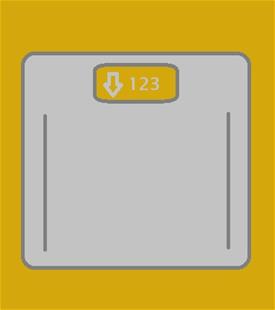
Unexplained Weight Loss
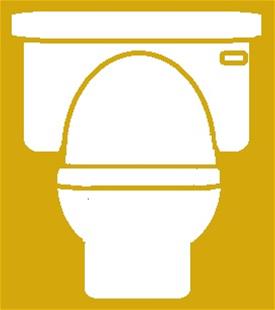
Frequent Urination or Bedwetting
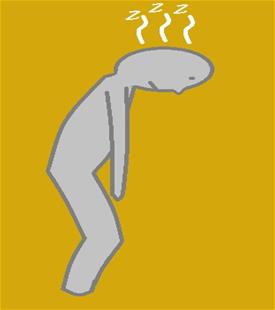
Unexplained Fatigue/Weakness
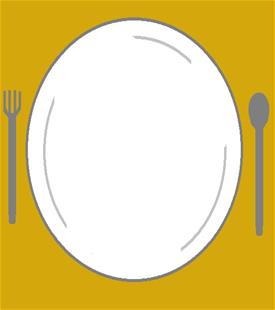
Change in Appetite
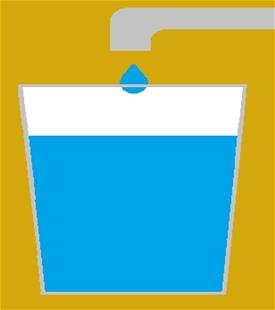
Extreme Thirst
When to speak to your doctor?
If you or your child notice any of the symptoms mentioned, especially if they last for a long time, it's crucial to talk to a healthcare professional. They can help figure out if the symptoms mean type 1 diabetes or something else entirely. Ignoring symptoms for type 1 diabetes can cause you to end up critically ill in the hospital. So, it's important to get checked out and not wait.
T1D Stages
Type 1 diabetes progresses in 3 stages:

Additional Resources for Patients and Families
Looking for more information on type 1 diabetes? Check out these organizations that provide more information on type 1 diabetes, its symptoms, and its impacts.
